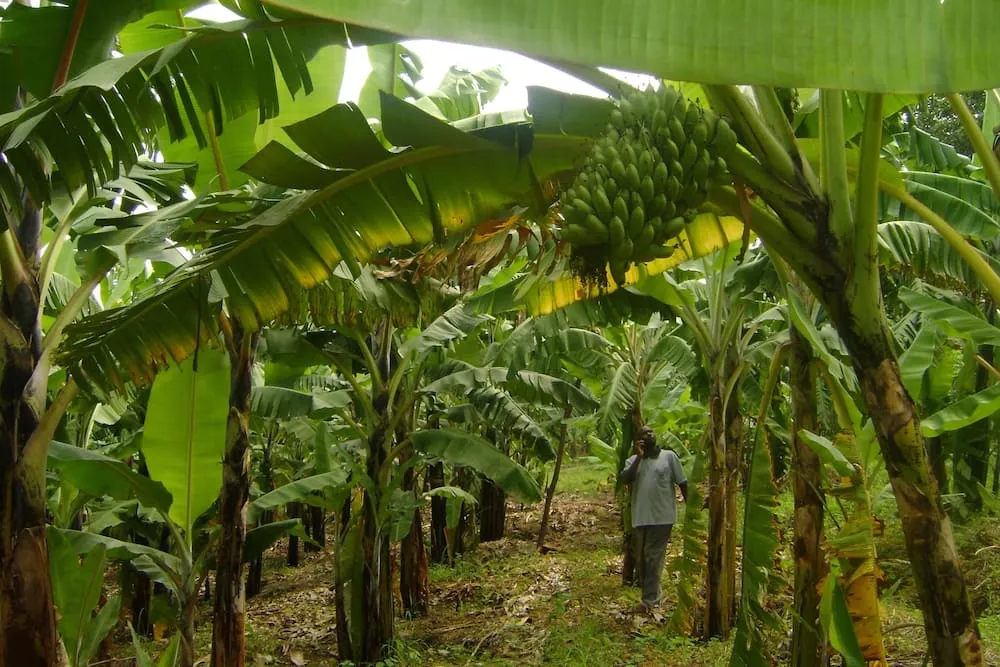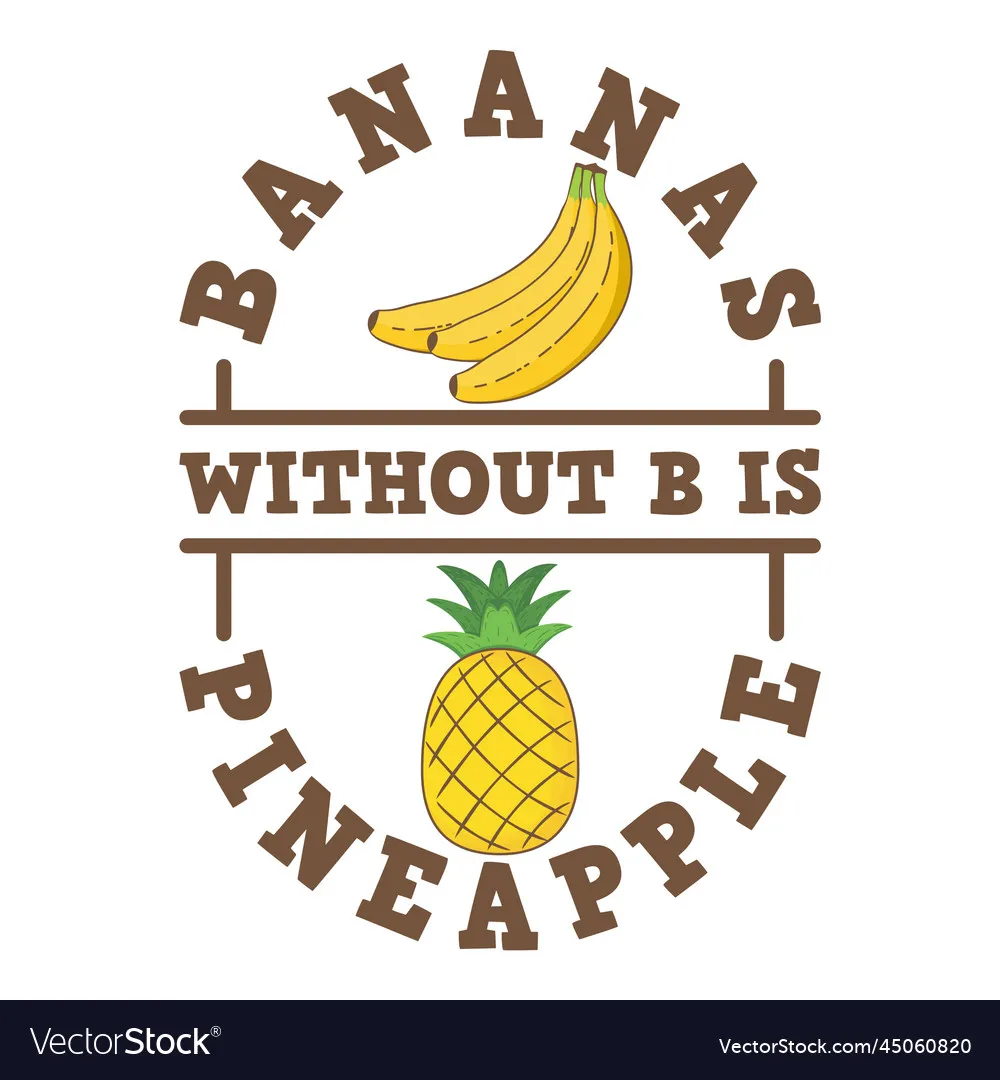Bananas are a staple fruit in many households around the world for their taste and nutritional value. However, have you ever wondered what a banana with black spots means? Are you unsure if it’s safe to eat? In this article, we’ll explore the properties of bananas, the meaning behind black spots, the stages of ripeness, and the impact on taste and texture. We’ll also provide tips on how to handle bananas with black spots to avoid waste. So, if you’re looking to learn more about bananas and their properties, keep reading!
An Introduction to Bananas and Their Properties
Bananas are one of the most popular and widely consumed fruits in the world. These tropical delights come in a variety of sizes, colors, and flavors, but all share some common properties that make them unique.
Firstly, bananas are known for their high nutritional value. They are rich in fiber, vitamins B6 and C, potassium, magnesium, and antioxidants. These nutrients help to support a healthy immune system, regulate blood pressure levels and promote overall well-being.

Secondly, bananas have a distinct texture that sets them apart from other fruits. They are soft and fleshy with a mild flavor that is sweet yet slightly tangy. This makes them a versatile ingredient for cooking or baking as they can be used in both sweet and savory dishes.
Lastly, bananas have an interesting history dating back thousands of years to their origins in Southeast Asia. They were first cultivated by humans around 7th century BC and later introduced to Europe by Arab traders during the 15th century AD.
Overall, bananas are an intriguing fruit with many unique properties that make them worth exploring further. Whether you enjoy them on their own or use them as an ingredient in your favorite recipes – there’s no denying the versatility of this tropical delight!
What do black spots on bananas mean?
Have you ever wondered what those black spots on a banana mean? Are they an indication that the fruit is no longer safe to eat or simply a sign of ripeness?
Firstly, it’s important to understand that bananas are a highly perishable fruit. As they ripen, enzymes within the fruit break down starch into sugar. This process leads to the development of brown and black spots on the skin.
Contrary to popular belief, these spots do not necessarily indicate that the fruit has gone bad. In fact, bananas with black spots are often sweeter and more flavorful than their unblemished counterparts.
However, there are some instances where black spots may be a cause for concern. If they appear alongside other signs of spoilage such as mold or foul odors, it’s best to discard the banana.
In general though, don’t let those black spots deter you from enjoying this delicious and nutritious fruit. Just remember to store them properly and consume them before they become overly ripe.
The stages of ripeness for bananas and how they relate to black spots
Bananas, those delicious elongated fruits that everyone loves, have different stages of ripeness. The ripening process is a key factor in determining the taste and texture of bananas. As bananas ripen, they undergo various changes that affect their appearance and flavor.
The first stage of banana ripeness is when they are still green and unripe. At this stage, the banana’s skin is tough and difficult to peel. However, as the fruit begins to mature, it develops black spots on its skin. These black spots indicate that the fruit has started to ripen.

As the banana continues to mature, its skin turns yellow and becomes softer to touch. This stage is known as “ripe.” Ripe bananas are sweet with a soft texture that melts in your mouth.
However, if left for too long without consumption or proper storage conditions such as refrigeration or freezing facilities; ripe bananas will eventually turn brown due to oxidation processes which cause them to lose some of their nutritional value but still edible.
Therefore it’s important for consumers who wish to enjoy their bananas at peak freshness levels always check them regularly for signs of over-ripening such as softness or discoloration on both ends – these can be indications that they should be consumed sooner rather than later before losing most nutrients from oxidation reactions caused by increased exposure time!
The impact of black spots on the taste and texture of bananas
Have you ever taken a bite of a banana only to discover an unpleasant black spot? It may seem like a small imperfection, but it can have a significant impact on the taste and texture of the fruit.
Black spots on bananas are caused by enzymes breaking down the starch in the fruit into sugar. While this process is natural and occurs as bananas ripen, it can lead to undesirable changes in flavor and texture.
As the enzymes break down starch, they also convert some of it into pectin, which is responsible for giving bananas their firmness. However, when too much pectin is produced due to over-ripening or bruising, it can cause the fruit to become mushy or slimy.

« The Ultimate Guide to Safely Cutting Bananas for Your Baby’s First Food
How to Make Delicious Banana Bread with Honey: Step-by-Step Recipe and Expert Tips »
In addition to affecting texture, black spots can also alter taste. As bananas ripen and produce more sugar, they become sweeter. But if left too long or exposed to air (as often happens with bruises), this sweetness can turn into an off-flavor that some describe as “metallic” or “earthy.”
While black spots may not be harmful to eat, they do indicate that a banana is past its prime and may not be as enjoyable as one without any blemishes. So next time you reach for a banana at the grocery store or in your fruit bowl at home, take note of any black spots and consider opting for one that’s still fresh and ripe.
How can we handle bananas with black spots to avoid waste?
Bananas are a beloved fruit, but they can quickly go from sweet to sour if not handled properly. One of the most common issues encountered with bananas is black spots. While these spots may seem like a sign of spoilage, they are actually a natural occurrence that can be managed with care and attention.
The first step in handling bananas with black spots is to carefully examine each fruit before purchasing. Look for bananas that have minimal spotting, as this indicates they are still fresh and ripe. Once you bring your bananas home, it’s important to store them in a cool and dry place away from direct sunlight or heat sources.
If you notice black spots starting to form on your bananas, don’t panic! This doesn’t necessarily mean they’re spoiled or unfit for consumption. Instead of throwing them away, consider using them in recipes such as banana bread or smoothies where their sweetness can still shine through.
To prevent future black spots from forming on your bananas, try separating them from other fruits and vegetables during storage. Bananas naturally release ethylene gas which can speed up the ripening process of nearby produce and lead to more rapid browning.
By taking these steps to handle your bananas carefully and creatively use those with black dots instead of wasting them altogether, you’ll be able to enjoy this delicious fruit at its best!
Check out our other articles to find out even more about banana.
Bananas are an incredibly complex and interesting fruit, with a range of different colours, textures and flavours. We hope you now have a better understanding of what black spots on bananas mean, how they affect taste and texture and the ripeness stages associated with them. To find out even more about this nutritious super food, check out our other articles to learn all there is to know about banana!











